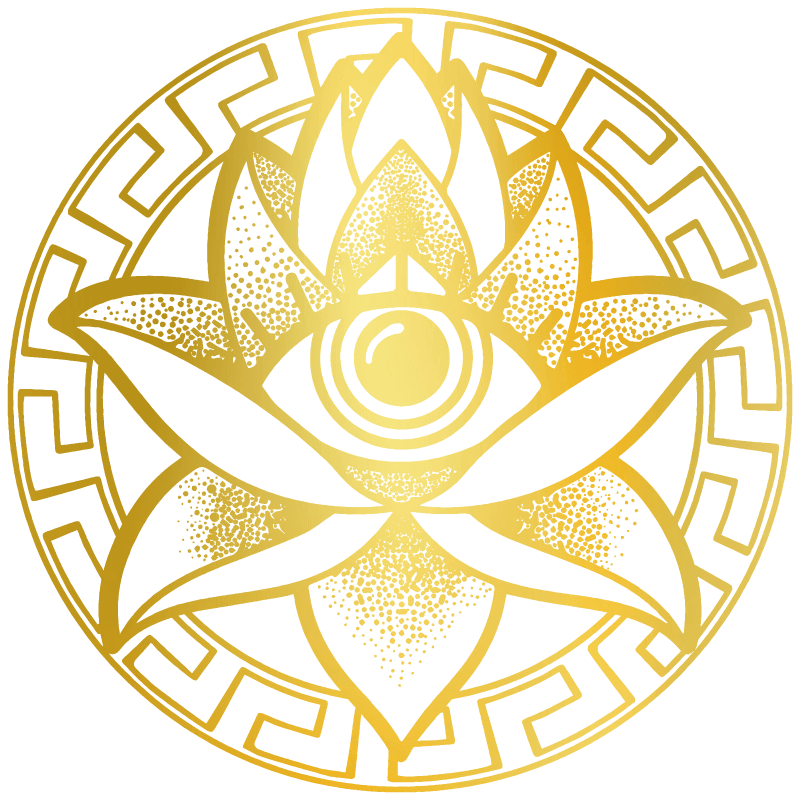The Blue Lotus (Nymphaea caerulea), a beautiful and enigmatic flower, held profound spiritual significance in ancient Egyptian culture. Revered not just for its striking appearance but also for its psychoactive properties, the Blue Lotus was a symbol of life, rebirth, and enlightenment. This article explores the various aspects of the spiritual importance of Blue Lotus in ancient Egypt, shedding light on its role in religious rituals and everyday life.
Symbolism and Religious Importance
The Blue Lotus was intimately connected to the spiritual life of ancient Egyptians. Its daily resurrection is thought to have symbolized the rebirth of the sun and, by extension, the pharaoh, who was considered a god on earth. The flower’s opening in the morning and closing at night was seen as a mirror of the sun’s journey, making it a powerful symbol of the sun god, Ra.
Use in Religious Rituals
Blue Lotus was commonly used in religious ceremonies dedicated to the gods. Priests often included the flowers in ritual offerings believing that its scent could elevate the soul and aid in spiritual communication with the divine. The flower was also depicted in numerous paintings and carvings on temple walls, often shown being sniffed by nobility and deities, indicating its role in promoting divine connection, similar to how Mimosa Tenuiflora was used in Art.
.
Representation in Art and Culture
The aesthetic beauty of the Blue Lotus made it a popular motif in Egyptian art. It was frequently featured in tomb paintings, sculptures, and jewelry designs, symbolizing the afterlife and resurrection. The flower’s depiction alongside other important religious symbols underscored its significance in thoughts about death and rebirth.
Medicinal and Psychoactive Uses
Aside from its spiritual uses, the Blue Lotus was appreciated for its medicinal properties. It was used to relieve pain, increase memory, manage blood flow, and promote sexual desire. Its psychoactive properties, which induce a state of relaxed euphoria, were also thought to help achieve higher states of consciousness during meditative practices.
Conclusion
The Blue Lotus continues to fascinate not only because of its historical and cultural importance but also due to its ongoing spiritual and medicinal applications. In ancient Egyptian culture, it was much more than a beautiful flower; it was a key to spiritual enlightenment and a symbol of the eternal renewal of life. Today, the legacy of the Blue Lotus still captivates those interested in the mystique of ancient civilizations and their approaches to the divine.

